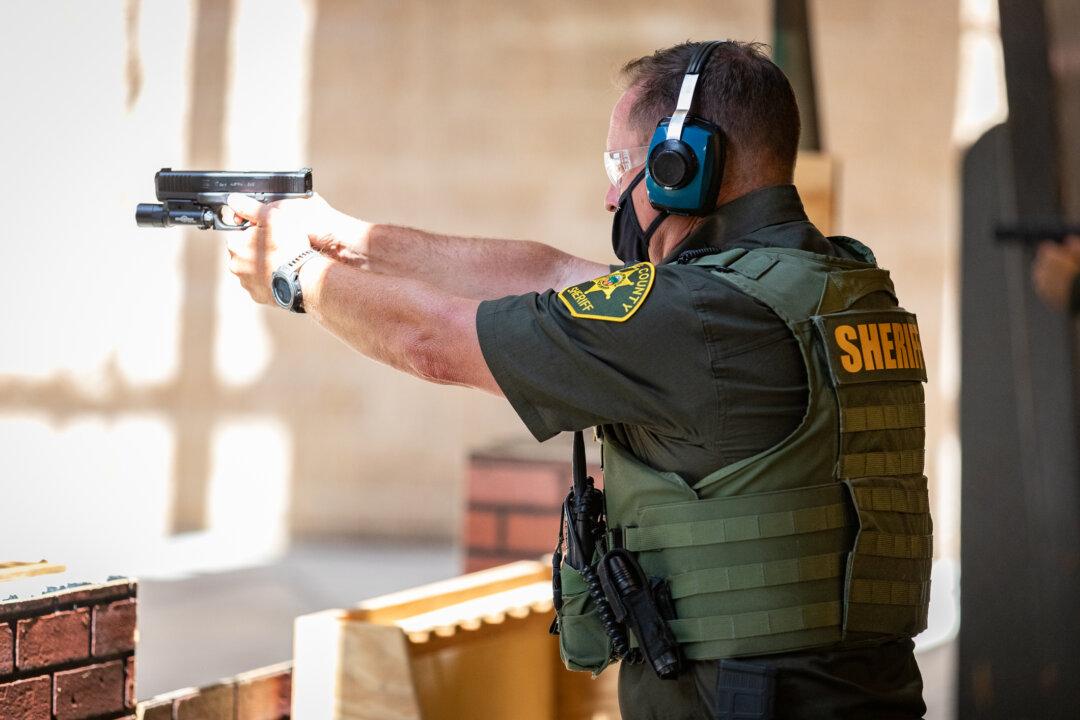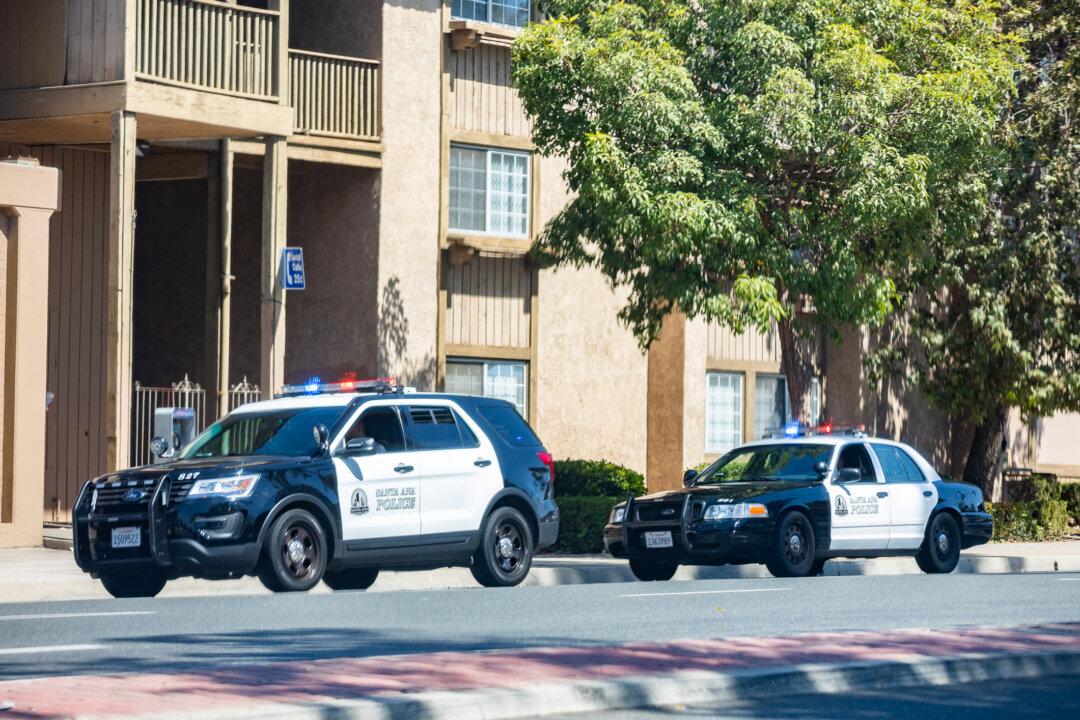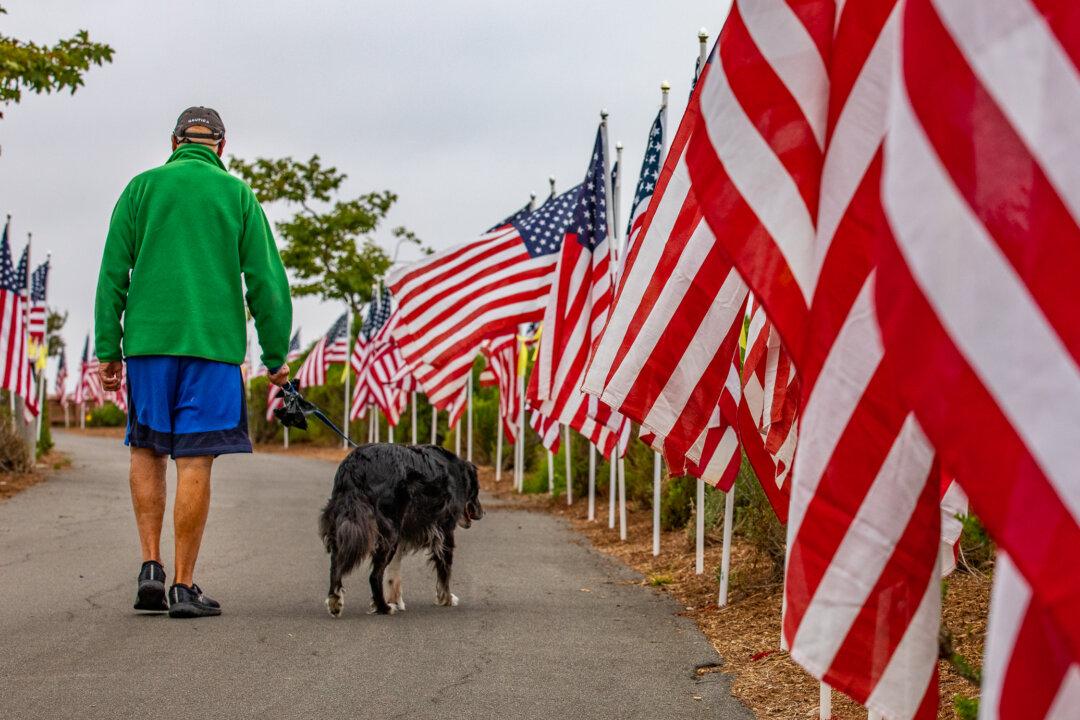The Orange County Sheriff’s Department (OCSD) has revamped its qualifications course as it seeks to help deputies gain more real-world experience.
“We wanted our training to be more current and contemporary by putting in place variables that people may come in contact with while they’re dealing with the public,” said Sheriff Don Barnes.





